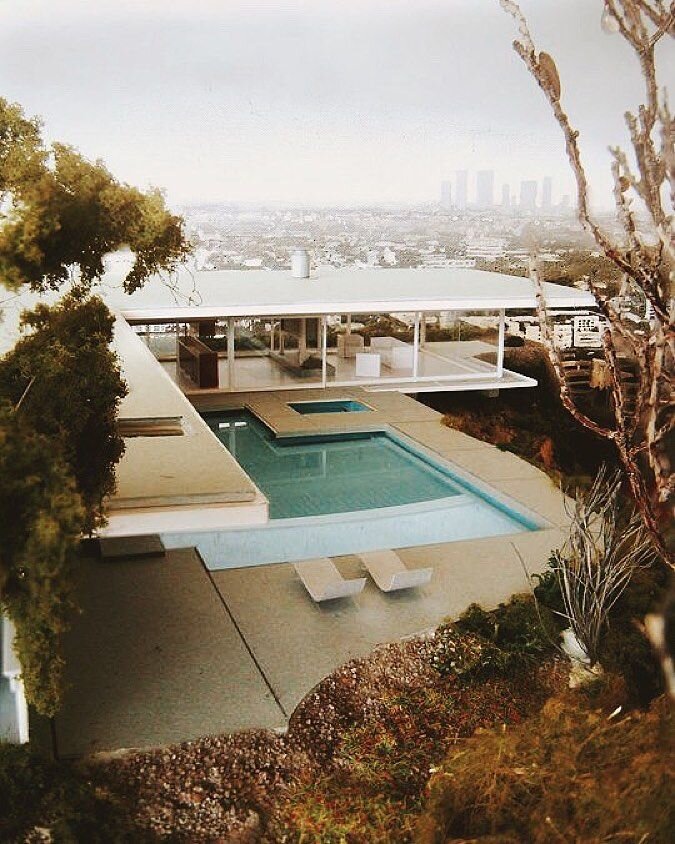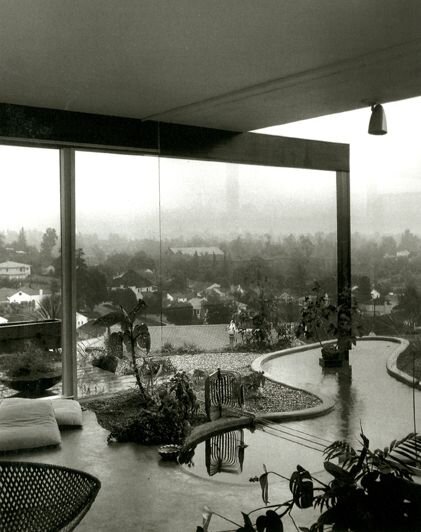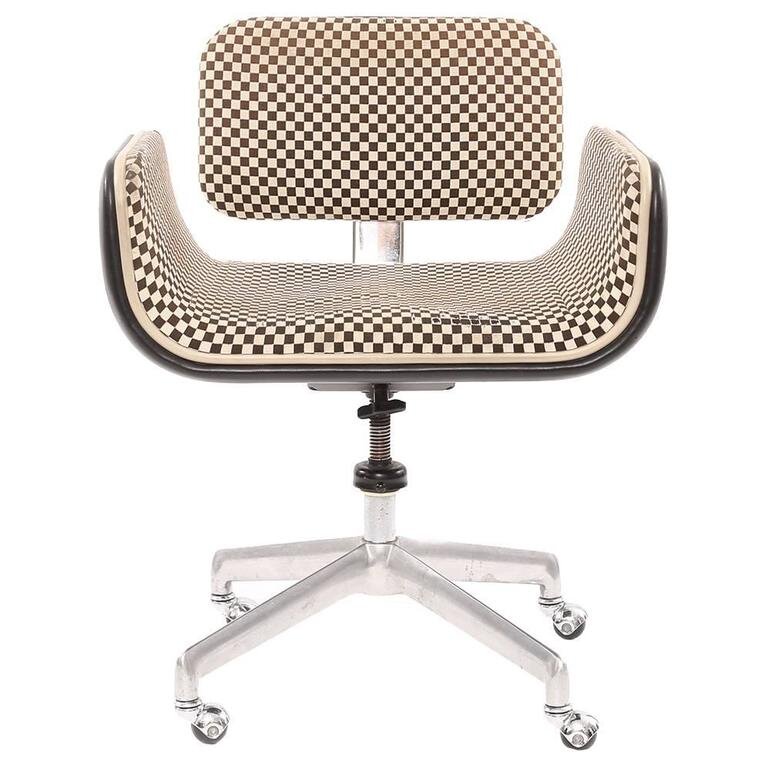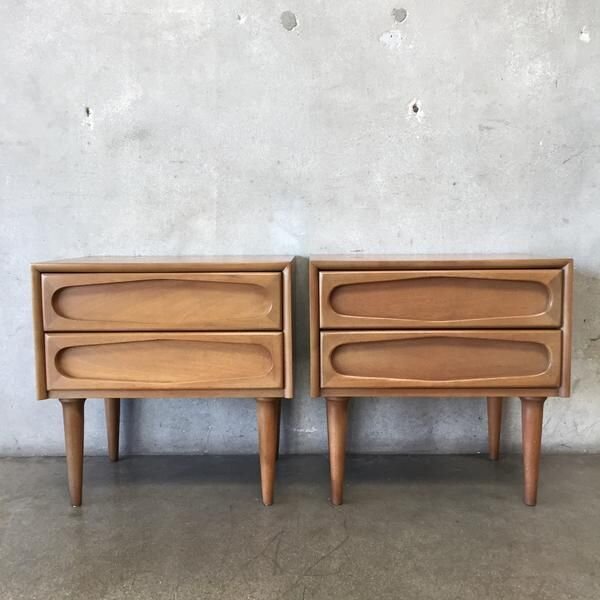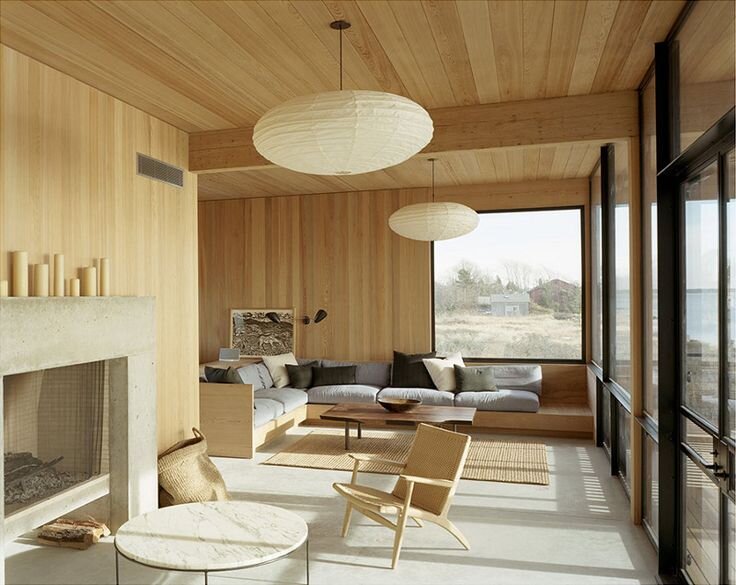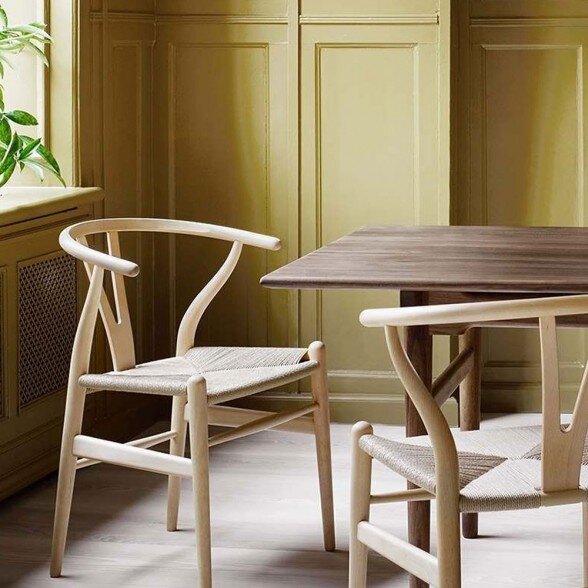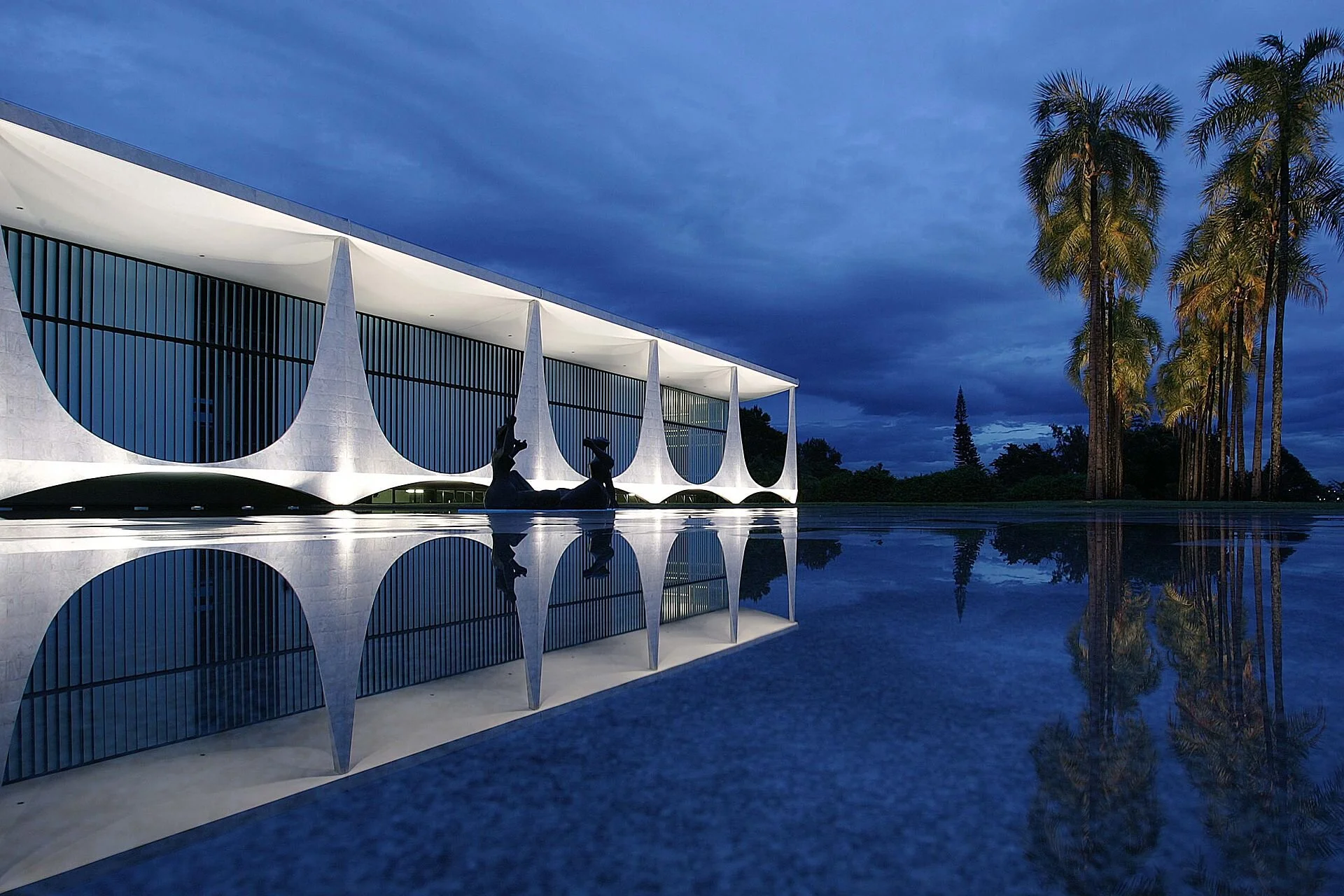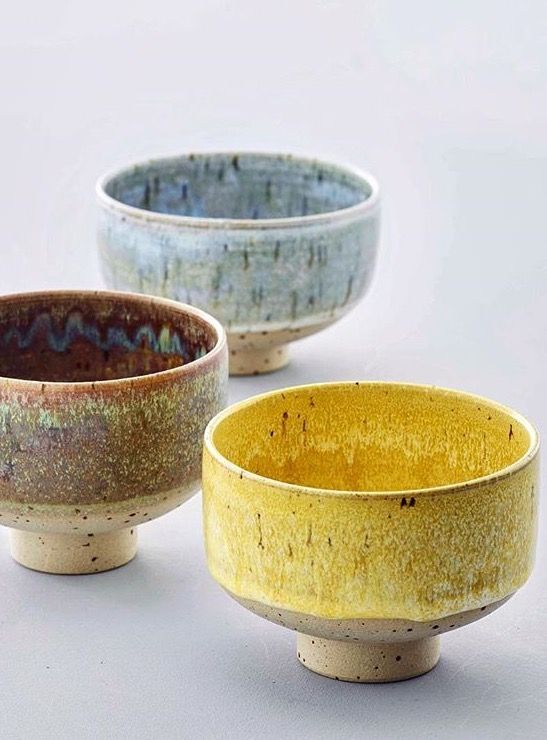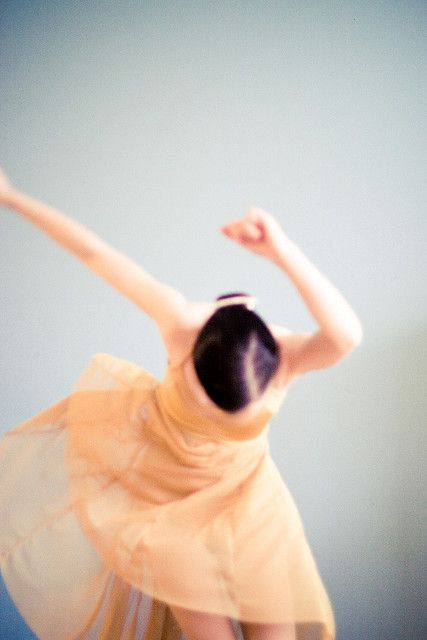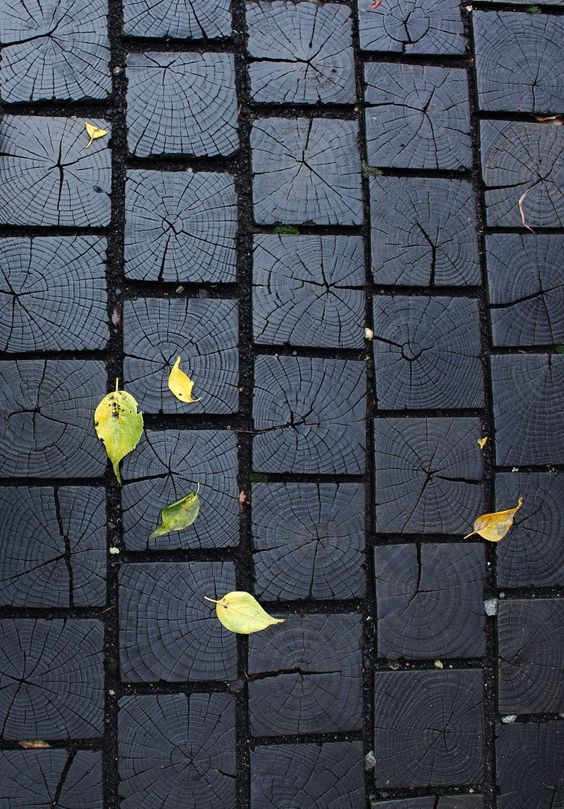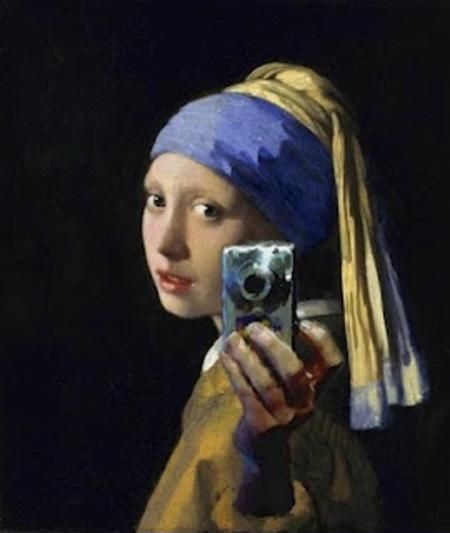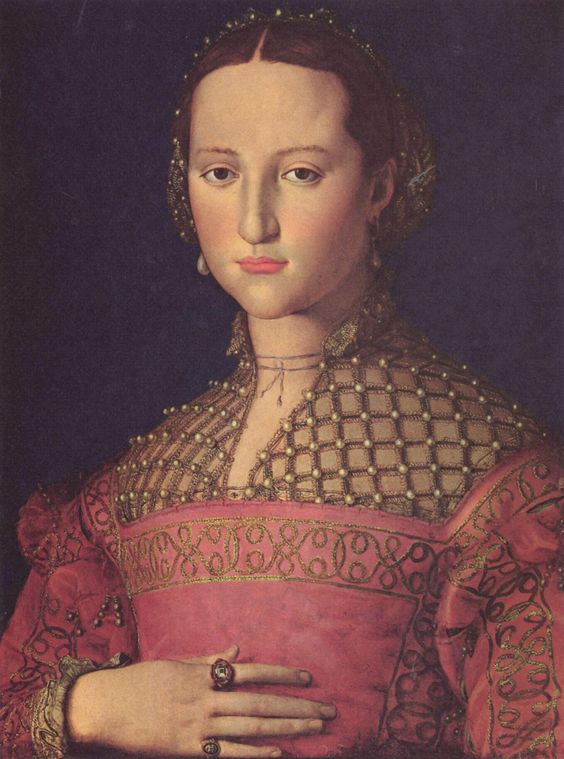Hello and Welcome to DOCENT - your guide to design intelligence, creative solutions and earthly beauty.
Today’s DOCENT Briefing takes a refreshingly chill approach to planning a trip to – the Olympics of the art world – ART BASEL MIAMI.
Starting in late summer, art lovers, fashinistas and celebrities start planning their annual trek to Miami for a whirling week of epic art, chic dining and glitzy socializing. There are loads of resources online from insiders advising you on “what to wear”, “where to stay” and “where to eat”, this guide is not about that.
My goal is to offer a relaxed approach to navigating the fairs for clients, collaborators and friends who are interested in discovering extraordinary art in the range of $1,000 - $50,000. The fair experience can be hectic, even overwhelming at times, but also offers a wholly unique opportunity for art lovers and emerging collectors. The clearer you are about what you want to experience, the more rewarding the trip will be.
THE BASICS
A quick note on the name to clarify the week’s events – virtually everyone talking about the event will call it Art Basel Miami (ABMB), however technically it is Miami Art Week. ABMB is the anchor fair and is by far the most prestigious and largest one, so naturally it’s brand dominates. Some of the world’s most important collectors, museums and art historians descend on Miami for a few days and the red carpet is rolled out for them.
For the 2019 edition, events kick off around December 2 and last until December 8th, with VIP and invitation-only events occurring between December 3 - 5th. It is well known that highfliers depart Miami by the time the fairs open to the general public on Thursdays. These vernissage times – private viewing of art prior to public opening – allow serious buyers to see and purchase high-status works in a more exclusive atmosphere. Out of the 83,000 attendees of the fair in 2018, less than 10% were art buyers, so it makes sense to create dedicated time for collectors.
Besides ABMB, there are at least 20 satellite fairs of varying focus, price point and quality. Each fair requires a ticket, which runs from $60 at ABMB to $10 at NADA. I include links to most of the fairs below and will make a few recommendations later.
MIAMI BEACH ART FAIRS
Art Basel Miami Beach | Aqua Art Miami | Design Miami | Ink Miami | PULSE Miami Beach | Scope Miami Beach | Untitled, Miami Beach
MIAMI ART FAIRS
Art Beat Miami | Art Miami | Context Art Miami | Miami River Art Fair | NADA Miami | Pinta Miami | Prizm | Red Dot Miami | Spectrum Miami
Art-Collecting offers a helpful synopsis
THE OPPORTUNITY
There is no event currently on planet Earth that has catalyzed and organized so much art, design and culture as ABMB. The tropical setting and large presence of global galleries infuse the week with lush cosmopolitanism. Nearly 250 galleries from 36 countries travel with massive crates to present the best of their art treasures in Miami. The ability to see such a wide kaleidoscope of art, compare and contrast, and hone your art tastes is unrivaled. Whether you are an emerging or established collector, Miami offers the opportunity to find art you can’t live without. I say, go for it, at least once.
THE VIBE
By now you are probably sensing the pulsating energy of the event. Miami completely gives itself over to art for the week. Whatever amount of energy you expect to encounter, I suggest to double it. The event grows in wonderful and sometimes weird ways every year and it is best to surrender to it. The best description I overheard likened the event to a medieval festival including “the jugglers, the fire-swallowers, the hawkers, who all come to town and set up shop.” Did I mention attendees appear chilled-out-cool, despite the heat, the traffic and the crowds. Must be something in the Miami water.
SOME TIPS
Trying to cover it all? Not possible. A curated approach based on your specific interests works best. I recommend doing a bit of homework before hand and committing to 5 – 6 fairs that appeal to you to really enjoy the experience. Remember that in addition to the art, many of the fairs have put together stellar public programming featuring global thinkers and artists. Don’t miss out on the lectures and panel discussions. I think these fairs do an excellent job of balancing the commercial aspect of the event with thought-provoking public programs.
3 days and two nights is a good timeframe to plan for. Once you hone in on your favorite fairs, buy a VIP ticket or request one from a participating gallery if have an existing relationship. Several of the bigger fairs like UNTITLED and ART MIAMI have effectively embraced technology to offer ticket holders digital calendars of special events and lectures. You can log in, see all events and RSVP when necessary. This is a new feature that dramatically eased planning last year. If you are looking for a more exclusive experience of events, I suggest looking into a CULTIVIST Membership. This “global art club” curates several private events for members throughout the week.
Please don’t be afraid to engage with any dealer or gallery staff. I believe the biggest misconception of galleries is that they are unapproachable. These are dedicated professionals who are loaded with information eagerly waiting for you to ask a question. You might be surprised at how engaged, informed and efficient gallery staff is at the fairs. They are ready to serve and typically very happy to do so. That said, the set-up, sales and takedown of the week is high stress and everyone has their limits. Expect friendly professionalism – this is a sales event after all. The range of prices are quite large with most satellite fairs offering works between $1,500 - $50,000. If you are seriously considering buying art and not keen on gallery negotiations, considering hiring an art advisor to guide your trip and purchases. I recommend Los Angeles based art advisory and former museum director Maryna Hrushetska.
MY RECOMMENDATIONS
I trust you have the fashion thing covered but will emphasize the need for comfortable shoes, protein snacks and your favorite evening ensemble. On to the main stuff:
FAVORITE FAIRS
DESIGN MIAMI, across from ABMB, a museum quality exhibition and celebration of the best high-end design around the world.
SCOPE, held on the beach at 9th Street, specializes in emerging artists and multidisciplinary projects;
UNTITLED, located on the beach at 12th Street, highlights a curated selection of emerging and mid-career artists
NADA, located at Ice Studios, featuring younger, more avant-garde dealers and artists
ABMB, Miami Convention Center: 500,000 square feet of the most prestigious and expensive art around.
HOTELS
THE SURF CLUB, this reimagining of Miami’s famous private club from Richard Meier and Joseph Dirand is a slice of heaven. A serene and luxurious sanctuary amidst the chaos. You will have to trek outside the main strip, but the rewards are worth it.
THE EDITION, a serene, elegant and easy option from master hotelier Ian Schrager. Convenient location, access to pristine beach and very sexy.
THE FAUNA HOTEL, centrally located this very unique collaboration between Argentine hotelier Alan Fauna and Baz Luhrmann has been described as “Great Gatsby meets Moulin Rouge”. Even a coffee in this fantastical space is a trip.
If you can swing it, absolutely worth visiting Pérez Art Museum for its Herzog & de Meuron-designed waterfront building alone.
Hope this guide answers some questions and got you excited about heading to Miami in December. Most of all, I want you to have fun and discover art you love. If you are planning to go, lets connect Miami style!
If you enjoyed this DOCENT Briefing, send me a note or feel free to pass it along to a fellow design enthusiast.
Until Next time -

























